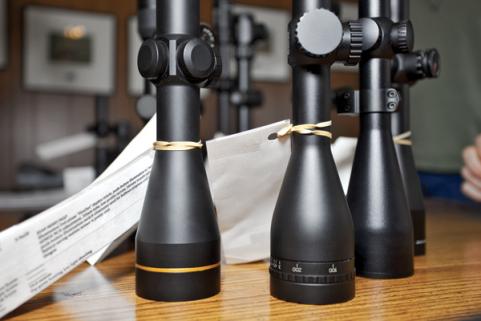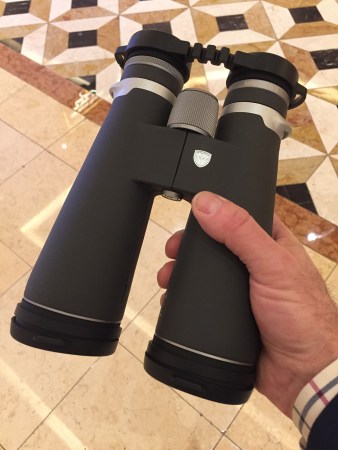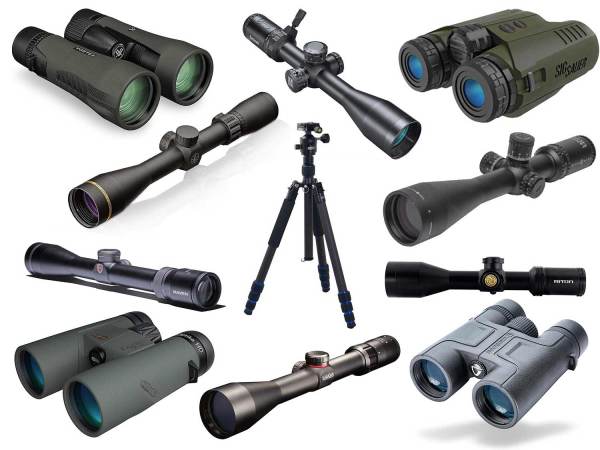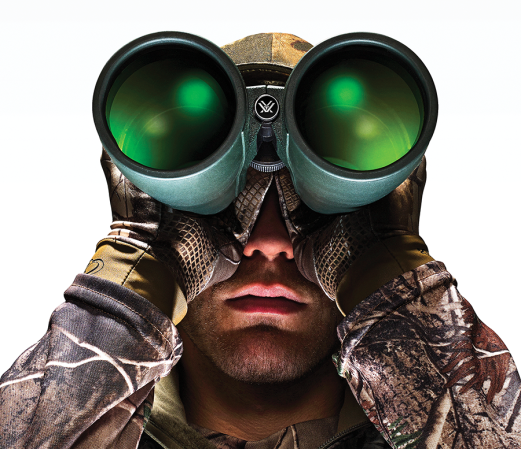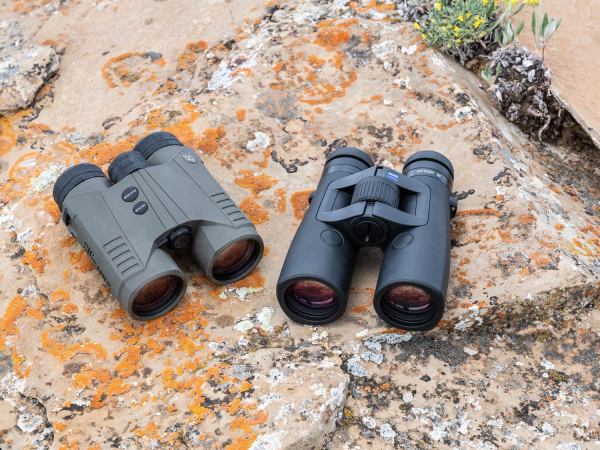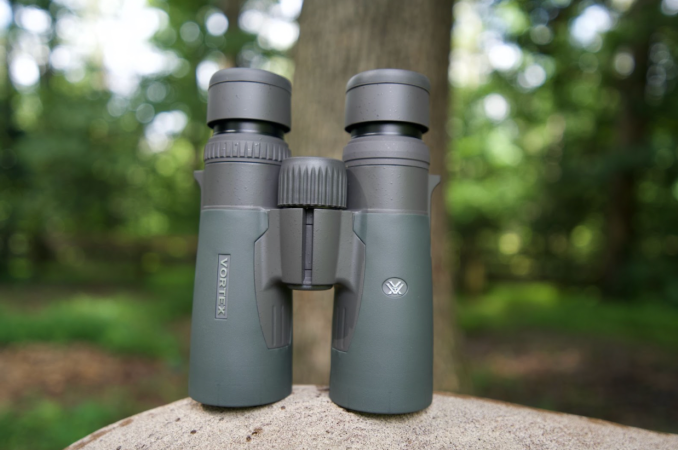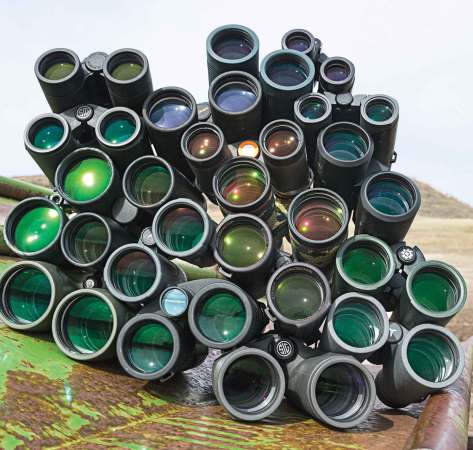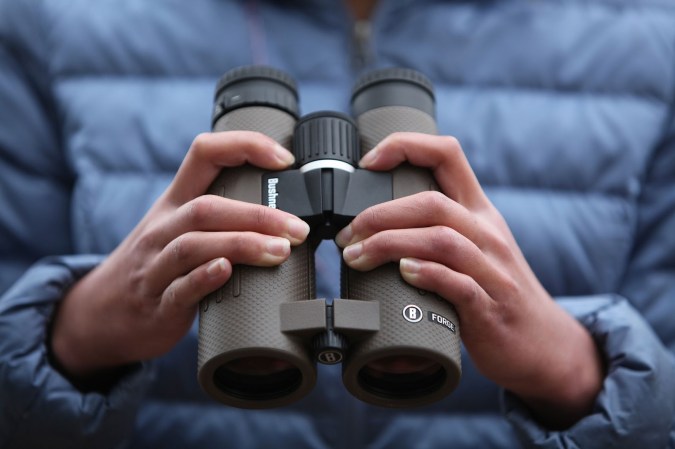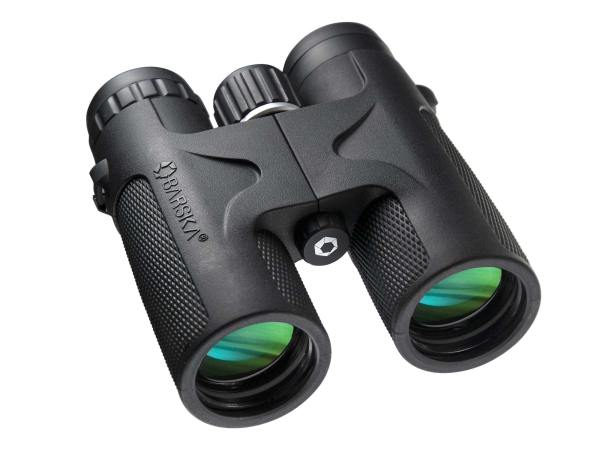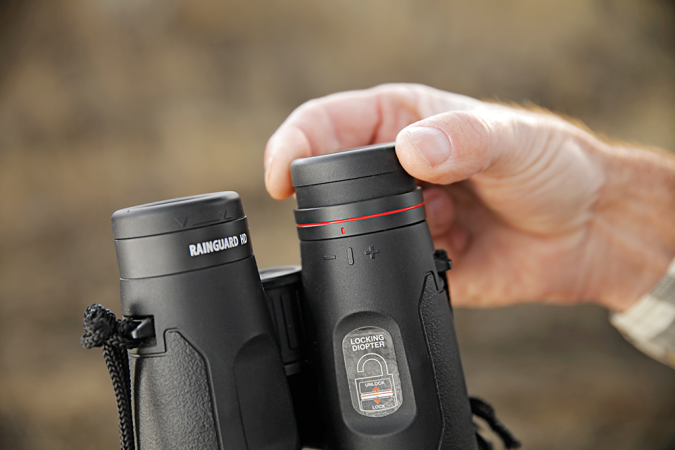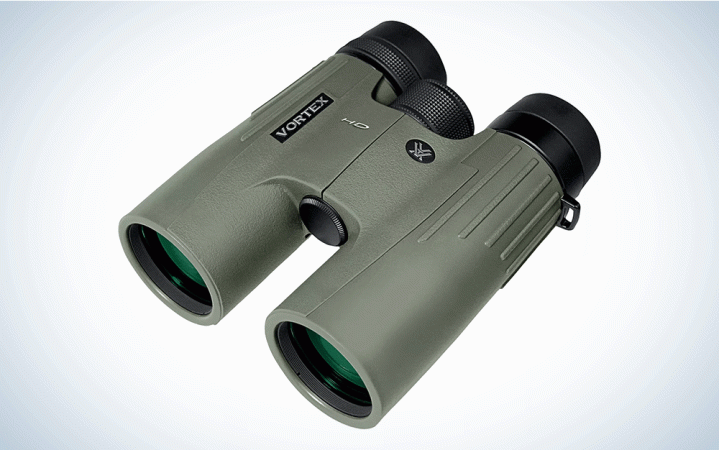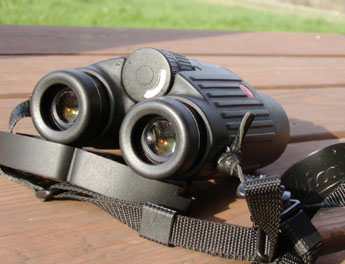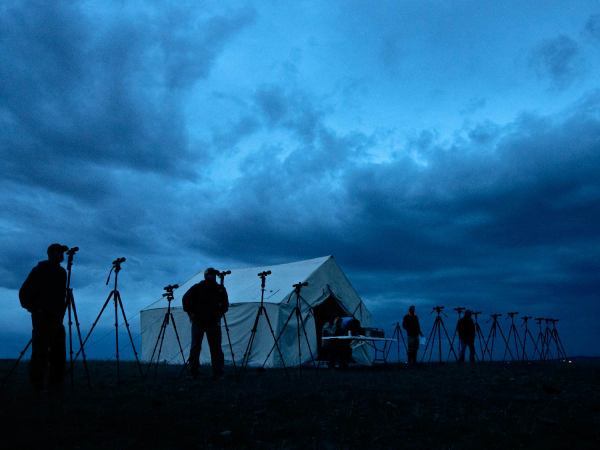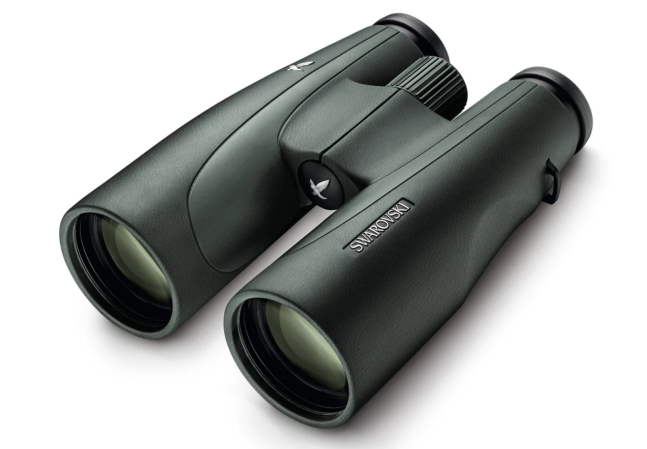We may earn revenue from the products available on this page and participate in affiliate programs. Learn More ›
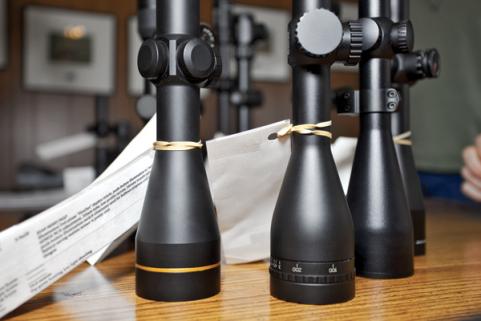
Are you getting all the optic you’re paying for?
In other words, does a 10×42 binocular really magnify 10 times? And is the objective lens really 42mm?
It turns out to be tricky to measure apparent magnification of an optic, for reasons too mathematical and abstract to mention here. But it’s actually quite easy to verify the objective lens dimension.
First, though, you have to understand the numerology of sporting optics. Most optics describe both their magnification and their objective lens size, so a 3-9×40 riflescope has a variable magnification range from 3-power to 9-power, and its objective lens is 40mm in diameter. Simple, right?
The objective measurement is important, because all things being equal, the larger the objective, the brighter and crisper the image should appear. Optics with larger objective lenses tend to cost more, too.
But in the world of optics, all things are rarely equal, and here’s how to perform a quick and easy test to determine if your optic has an objective lens that’s as advertised:
• Take the shade off a standard incandescent lamp, on a coffee table or a bedside table. You need a naked light bulb for this experiment.
• Grab a clean white sheet of printer paper.
• Get a pencil, and then grab your buddy. You’ll need an extra set of hands.
• Now, take your optic–this works with riflescopes, binoculars and spotting scopes–and hold its eyepiece right up against the lightbulb. Light should be streaming through the optic.
• Now hold your paper up against the objective lens of the optic. You should see a stark black circle surrounding a bright disk of light. Have your buddy mark the edges of that circle of light as precisely as possible.
• Take the optic away from the light and measure the marks on the paper with a ruler marked in millimeters. The marks should be close to the dimensions of the optic. For instance, if you tested a 40mm riflescope, the marks should be in the 38mm to 39mm range.
However, you are going to notice that some optics have a much, much smaller circle of light than their objective lens measurement. Why? Because the company is cheating. It is “stopping down” the objective lens in order to hide poor construction of interior lenses. Deep inside the optic, there’s a metal disk that’s blocking the edges of the objective lens, so you’re not getting the full benefit of lens’ full dimension.
Why should that matter to you? Because a binocular that is advertised as a 42mm but has only 34mm of real objective won’t gather nearly as much light as true 42mm binocular. And because so much less lens area is being used, the resolution and brightness will also be reduced. In other words, you are being charged for a 42mm binocular, but are getting only as much utility as a 30mm bino.
This is a great test to perform on a wide array of optics at one time. In fact, it’s one of the essential parts of Outdoor Life’s optics test, and almost invariably, the optics that have artificially “stopped-down” objectives are those that perform poorly on our resolution and low-light tests.
Try it yourself and you’ll be amazed at how many companies are fooling customers into paying for less glass than they’re getting.
To find our picks for the best new optics click the links below:
Rifle Scope Review: OL Ranks the Best Rifle Scopes of 2011
[Spotting Scope Reivew: OL Ranks the Best Spotting Scopes of 2011](/node/1001345873/Spotting Scope Reivew: OL Ranks the Best Spotting Scopes of 2011)
Binoculars Review: OL Ranks the Best New Binoculars of 2011

